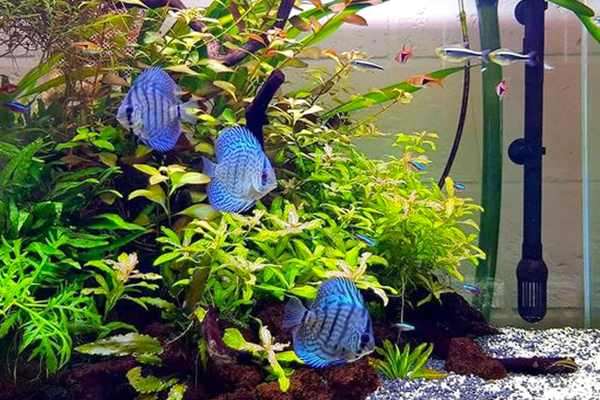
How To Maintain A Freshwater Aquarium: Essential Tips For A Clean And Healthy Tank
10 Low Maintenance Fish: The Easiest Fish to Care for in Your Aquarium
Finally, they are easy to keep because they eat both plants and flesh so you are under no restrictions when it comes to providing them food. Being so tiny, you can actually keep about 6 of these nano fish in a 10-gallon aquarium. I’ve personally seen them swim together with White Cloud Mountain Minnows in the same aquarium but the Zebra Danios will let any other schooling fish join them.
PetsRadar Newsletter
The substrate or gravel will be a big factor in which types of decorations work in your tank. When you choose which fish you want, this can depend on which gravel you chose. A sandy bottom will give your tank more of a saltwater look, but it is more difficult to work with. Glass stones are pretty but don’t offer much for healthy bacteria to grow on. Once you decide on all the different parts it is time to move on to cycling your tank to get it ready for your fish. Say goodbye to the complexities of water parameters and say hello to a tailored aquatic experience with fish that thrive in a wide range of conditions.
How Much Salt Should I Put in My Aquarium to Keep Fish Healthy and Happy
- You can now make your informed freshwater turtle selection from any of the 14 interesting species listed in this overview.
- Keep an eye out for any changes in behavior or appearance to monitor fish health.
- You must provide Western Painted Turtles with deep tanks, soft substrates, rich vegetation, slow currents, and a strong filtration system to keep the water clean.
- The answer really depends on the turtle species and how far you will go for your aquatic pets.
- All species of guppies have a peaceful nature and generally don’t bother other fish.
- When setting up your new fish tank, be sure to have plenty of live plants for cherry barbs to hide in.
There’s no denying that these colorful species are some of the best turtles for aquariums, but sometimes, they are too big for your tank. The complexities of these care needs depend on each turtle’s species. You must understand their features and habitat needs to determine the best freshwater turtles for your aquariums and level of expertise. The bristlenose plecostomus is a species of catfish with distinctive tentacles around their snout. While most catfish reach lengths of around 20 inches, the bristlenose plecostomus is much smaller at just five inches and has a lifespan of around 10 years. Known for being fantastic little vacuum cleaners, if you want a tank that looks spick and span, this is definitely a species worth considering.

Stable water conditions and a balanced diet of flake food, supplemented with occasional live or frozen treats, will support their health and vibrant colors. Beginners will appreciate their easygoing nature and the lively dynamics they introduce to the tank. While they can adapt to a variety of water conditions, maintaining clean and well-oxygenated water will ensure their health and happiness. Their diet should include sinking pellets and occasional live or frozen foods to mimic their natural foraging habits.
